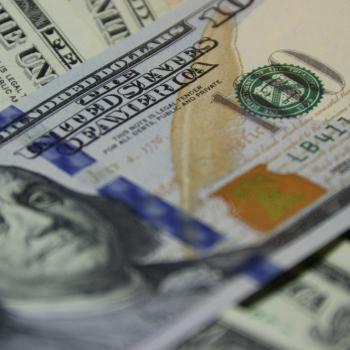I remember growing up with toys that didn’t have wireless controllers, USB drives, or online accounts. Sounds prehistoric, huh? My brother and I would save all of our birthday money (we are twins, so each birthday meant twice the cash) and then buy a game system or some other big item. I remember saving for a really long time and finally reaching $120, so that we could buy a brand new SEGA Genesis. Today, I can probably find one on eBay with 20 games for less than $20!
We didn’t have all the popular toys of the 80’s and 90’s, but I do remember seeing a few of these toys around our house on a birthday or at Christmas. Can you remember a few of these? :)
- Atari
- Nintendo
- Crossfire
- Skip it
- Operation
- Supersoaker
- LiteBrite
- Cooties / Don’t Break The Ice
- Talkboy
- Easy Bake Oven
My parents didn’t make a lot of money growing up, so I feel pretty fortunate looking back at the times when they’d spend $30-$50 on a birthday or at Christmas. Add that up for five kids, and you’re spending a lot of money.
I could go on and on about the calculations of compound interest and how that $120 we spent on the SEGA Genesis would have grown to be over $8,000 if we bought Apple stock at $4.50 a share, but good luck telling a 10 year old he should buy a stock certificate instead of Sonic the Hedgehog. Kids don’t realize the power of compounding when they’re 10 and most don’t figure it out until they’re 30 or 40!
Although I don’t have kids today, I thought, “How can I show my kids the impact of compounding one day?” Here’s my thought…let me know what you think of it.
Create a “Compounding-lesson” Fund
What if you spent $75 on your kid for their birthday, but put aside $75 each year into a savings account. Do the same for Christmas and you’ll be saving $150 each year in the ‘compounding-lesson’ fund? That’s $12.50 a month – not a bad investment into your kid’s financial future.
Let’s say you did this for 18 years without changing the amount of the gift. At a conservative average rate of 5%, the funds grew to be over $6,000. With $6,000 today, your kid could open an IRA and max it out with money left over. (Assuming they had enough earned income for the year.)
How’s that shape someone’s view on compounding? I sure didn’t save my birthday money, but if my parents pulled out $6,000 today and told me that they had been saving $150 every year, I’d be pretty impressed with how it grew into so much. Being the financial geek that I am, the idea of a two-year IRA max challenge would be interesting. Each year that my child maxes out their IRA, I’d give them half back – essentially matching their contribution. If you do this for two years with funds from the ‘compounding-lesson’ fund, they could have over $10,000 saved in an IRA by the time they’re 20. Even if they didn’t contribute another dime to the account, simple compounding at an overly conservative 5% for 40 years would grow to almost $250,000. I think the key is getting your child to have a stake in the game, and with a little incentive to save in an IRA, they’re starting on a great path to savings.
Sounds like a pretty cool idea to me…what are your thoughts?













